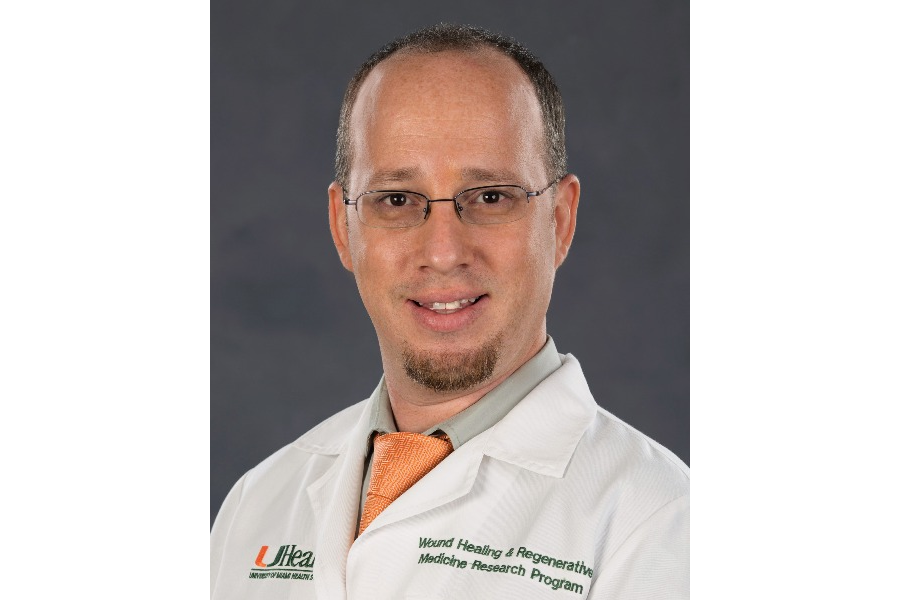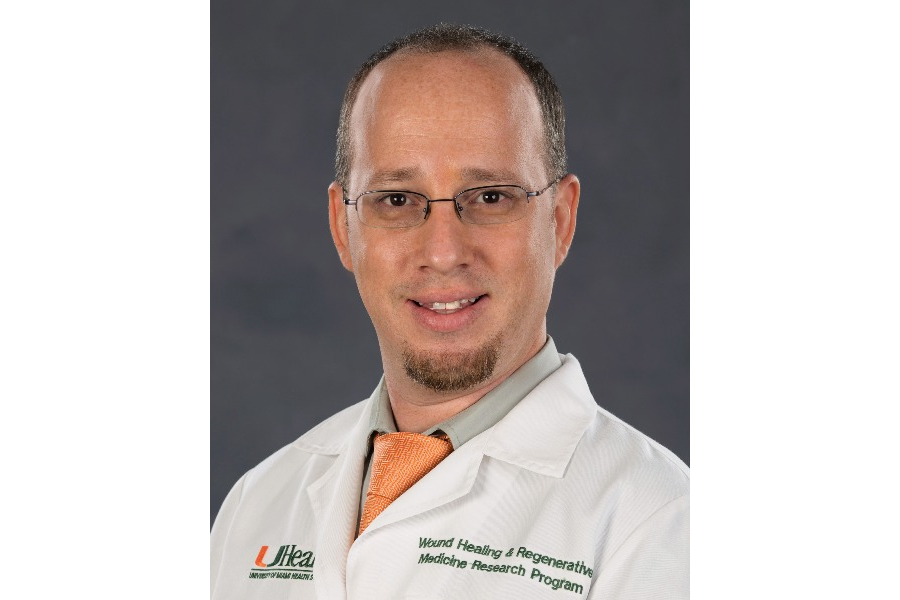Infection Management: Frequently Asked Questions
August 20, 2020
By Thomas E. Serena, MD, and Khristina Harrell, RN
Editor's Note: On April 2, 2020, WoundSource hosted its first ever virtual conference, WoundCon Spring 2020. The conference hosted 13 CME/CE accredited sessions that were attended by over 6,000 health care professionals around the world. The response was so enthusiastic, we asked some of our speakers to answer the most frequently asked questions on their subjects. This is the first blog of a 13-part series.
Introduction
With apologies to Nietzsche: "What kills you makes you dead." The slow painful death of large and expensive in-person conferences has begun. Technological evolution has selected against these lumbering dinosaurs, but, rather than a massive asteroid, the parlous event came as a microscopic virus. Lockdowns and social distancing enacted in response to COVID-19 pushed us all deeper into a virtual world, a world that will persist long after COVID resolves. WoundSource, with exceptional prescience, predicted the move to virtual meetings before sheltering in place transformed our lives. The overwhelming success of April’s WoundCon® virtual conference strengthens my evolutionary theory: the extinction of large conferences is at hand. The questions asked following a meeting often serve as the best method for measuring conference success. Judging by the quality and volume of questions we received following the virtual event, I can declare WoundCon® a smash hit. The remainder of this blog will focus on selected questions from WoundCon® attendees. Khristina Harrell and I gave two of the three lectures on infection management.
Want to learn more about infection management? Gain full access to the WoundCon Spring sessions and earn CE/CME credit at WoundSource Academy
Questions and Answers
Dr. Serena, In your study on negative pressure wound therapy (NPWT), you showed the percentage of reduction in wound area after addressing the bacterial load. But in a pressure ulcer on a multiple sclerosis patient you were probably looking more for depth reduction. Was there an acceleration in filling in the wound rather than area reduction?
In our ongoing study evaluating the combination of NPWT and the antibiofilm agent, ulcer depth and volume were both measured. The improvement in area reduction corresponded to a decrease in depth and volume in a majority of subjects. The MS patient mentioned in your question had a 50% reduction in volume in four weeks. In my opinion, this is more impressive than the surface area reduction.
Should all wounds be tested for infection? Or only those showing clinical signs?
The clinical signs and symptoms (CSS) of moderate to heavy bacterial load in chronic wounds are unreliable. The clinician relying solely on CSS will miss clinically significant bacteria in the wound bed more than half the time. The presence of elevated levels of bacteria impedes wound healing. Therefore, the answer to your question is yes. We should test all non-healing wounds for increased bacterial load by using a validated tool. The fluorescent imaging procedure mentioned in the lecture detects bacterial burden in real time.
Where does the MolecuLight procedure fit in an antimicrobial stewardship plan?
The MolecuLight procedure features prominently in the SerenaGroup® antimicrobial stewardship plan. At the point of care, clinicians use the MolecuLight procedure to evaluate bacterial load in the wound. If the MolecuLight procedure yields positive results (red or cyan fluorescence), the clinician performs targeted debridement and may prescribe topical antiseptics and or antibiotics.
Khristina, are the bacteria also on the device? How can you clean it?
We follow standard precautions just as you would when caring for any wound. One of the advantages of using the device is that you do not have to touch the wound to measure it or to take any photos. In between each patient, we clean the device with antibacterial wipes.
What would be the next step after determining there is infection in the wound? Should a swab still be taken to determine which bacteria are present?
The physician may choose to biopsy the wound bed in the area of fluorescence for tissue culture, debride the wound, or start the patient on topical antiseptics or antibiotics. Swabs are unnecessary. In chronic wounds, they are inaccurate. The gold standard is tissue biopsy. You could also consider molecular diagnostics.
About the Authors
Dr. Thomas Serena, the Founder and Medical Director of The SerenaGroup®, a family of wound, hyperbaric and research companies, is a Phi Beta Kappa graduate of The College of William and Mary and Penn State Medical School. He is one of the world’s leading experts in infection diagnostics. Dr. Serena holds numerous patents on wound care devices and dressings and is recognized internationally as an expert in the field of wound healing. Dr. Serena has more than 200 published papers and has given more than 1,000 invited lectures throughout the world and has published two medical textbooks and authored numerous book chapters. He is a member of the Board of Directors of the Wound Healing Society and served two terms on the board of the Association for the Advancement of Wound Care (AAWC) and is now the President. Dr. Serena has also been Vice-President of the American College of Hyperbaric Medicine and President of the American Professional Wound Care Association. Khristina Harrell is the Chief Nursing Officer for the SerenaGroup® Research Fondation.
The views and opinions expressed in this content are solely those of the contributor, and do not represent the views of WoundSource, HMP Global, its affiliates, or subsidiary companies.











